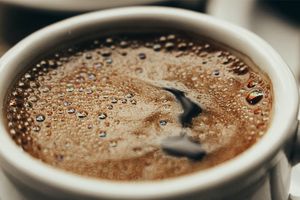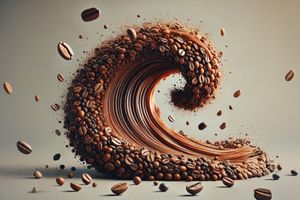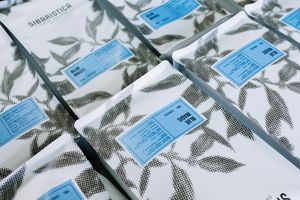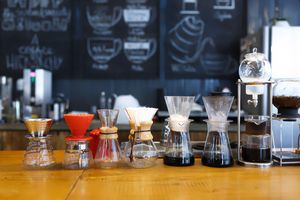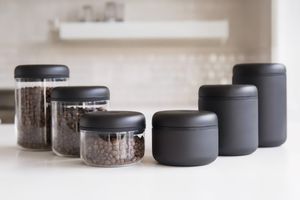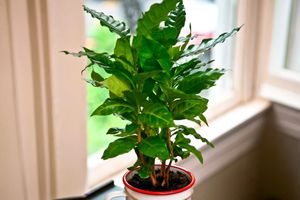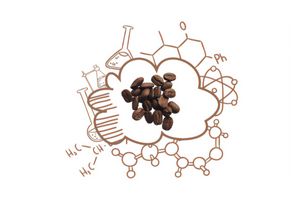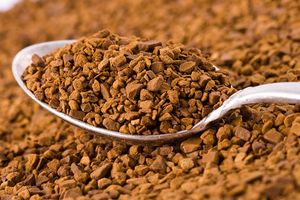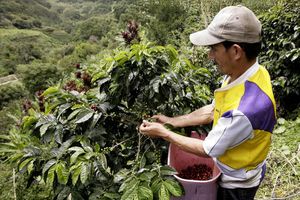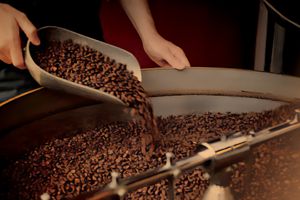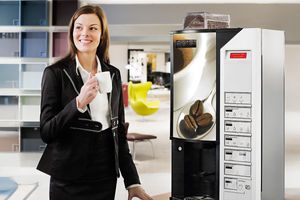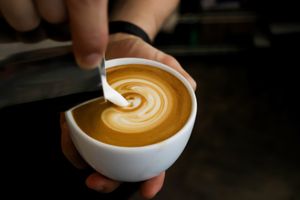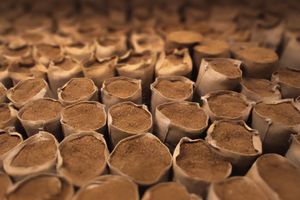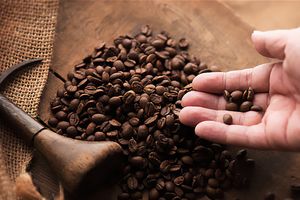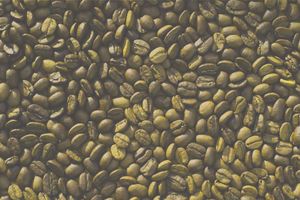Coffee Serendipities
and How They Influenced Culture
As you might (or might not) know, many things in our world came about through happy coincidences. For example, the apple that fell on Newton's head, which led to our understanding of gravitational force. But that was so long ago, it's hard to tell if it's fact or fable. However, in the world of coffee, there are enough documented coincidences that we've decided to dedicate an entire article to them.
Story #1
Melitta Bentz was a simple housewife living in Germany in the 19th century. Her husband was a company manager, and her two sons were entirely dependent on Melitta, as was all the household work. Nevertheless, our heroine always found time to indulge in a cup of aromatic coffee. She only disliked one thing: the coffee grounds left at the bottom, which one could use for fortune telling but were unpleasant to drink. So, this clever inventive lady punched a hole in the bottom of a brass pot, took a piece of blotting paper, and created the world’s first coffee filter. In 1908, she obtained a patent for her invention.
The Melitta company still exists today and is the world's largest manufacturer of coffee filters, coffee equipment, and even sells coffee under its own brand. All thanks to a smart and practical German housewife who loved freshly roasted coffee.

Story #2
In 1941, sitting in his lab, the famous American chemist Peter Schlumbohm dreamt of a cup of coffee. It was late night, and there was no drip coffee maker in the lab, but coffee was necessary. So, like a true scientist, he crafted a device from available materials to make filter coffee. He needed an Erlenmeyer flask and a glass funnel. He connected them with a leather strap and used the familiar filter paper to complete the device. Thus, the Chemex was born, named in honor of Schlumbohm’s beloved science, chemistry. Its slogan - "Brew coffee like a chemist." Later, the Chemex was recognized as an iconic piece of American design and has been on display at the Museum of Modern Art in New York since 1944. It is a staple in any respectable third wave coffee shop or true coffee enthusiast's kitchen. Keen viewers might often spot this device in various American movies and TV shows. It's considered a national treasure.

Story #3
Towards the end of World War II, when Mussolini's regime was overthrown in Italy, U.S. soldiers remained in the country for some time. They filled all the local bars and restaurants. The Italians, being avid coffee gourmets, served espresso in response to the officers’ requests for coffee. The Americans, accustomed to their usual filter coffee (also called regular), didn’t understand why the coffee was so little, so rich, and so bitter. They started asking for it to be diluted with hot water to make it more like the filter coffee they were used to. Thus, the immensely popular drink Caffè Americano (American-style coffee), or simply Americano as we usually call it, came into being. Interestingly, the American love for a large mug of black coffee persists to this day. In the U.S., a request for an Americano will most likely result in being served filter coffee. The largest drink size at Starbucks is 920 ml.
With the development of the third coffee wave, Americano has somewhat taken a backseat, as espresso is too good and complete on its own, not needing dilution with water, and for lovers of large black coffee, there is filter coffee. This often causes disagreements between the guest and the barista. But we are confident that every self-respecting barista always knows how to please their guest first and foremost.
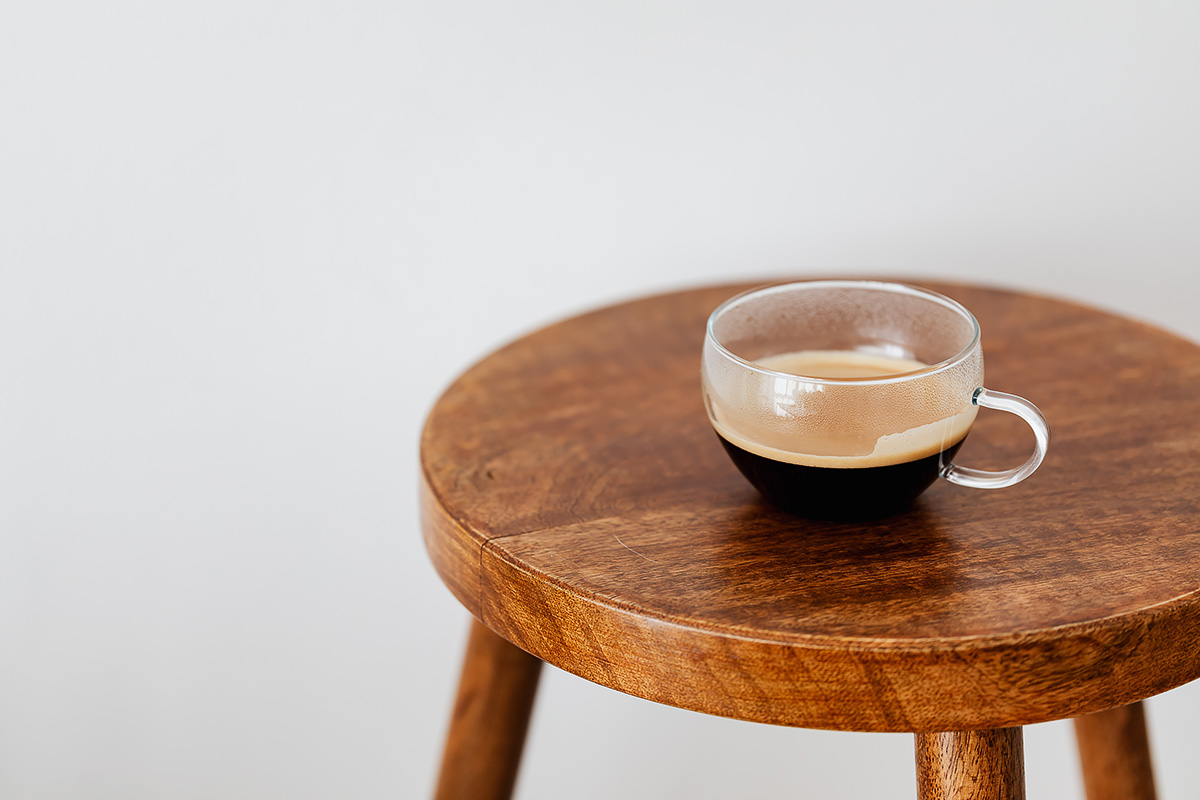
Story #4
The hero of this story, like the previous ones, is an avid coffee lover - Alan Adler, famous for inventing the well-known flying disc, the Frisbee. He worked as a mechanical engineer and liked brewing coffee at home using a pour-over. However, like all smart people, he thought about how to speed up the process while still preserving the flavor. The lazy solution would have been to buy an automatic coffee maker, but that was not an option for Alan. He came up with the idea of applying pressure to the coffee tablet, but not as strong as in an espresso machine. Thus, the AeroPress was born. When the first prototype was ready, Alan invited the general manager of the company he worked for to try it out. The manager was thrilled and agreed to help Adler promote the device. This was in 2005, and by 2008, the first AeroPress championship had taken place. The device conquered everyone: both professionals and enthusiasts. It boasts a variety of recipes and brewing methods, more than any other device in the world. Coffee in an AeroPress is brewed using the direct method or the inverted method, employs different water temperatures, varying strengths of pressing, different grind sizes, etc. It is the most convenient device for travel. There was even a movie made about AeroPress. To date, it has undergone six different modifications and improvements.
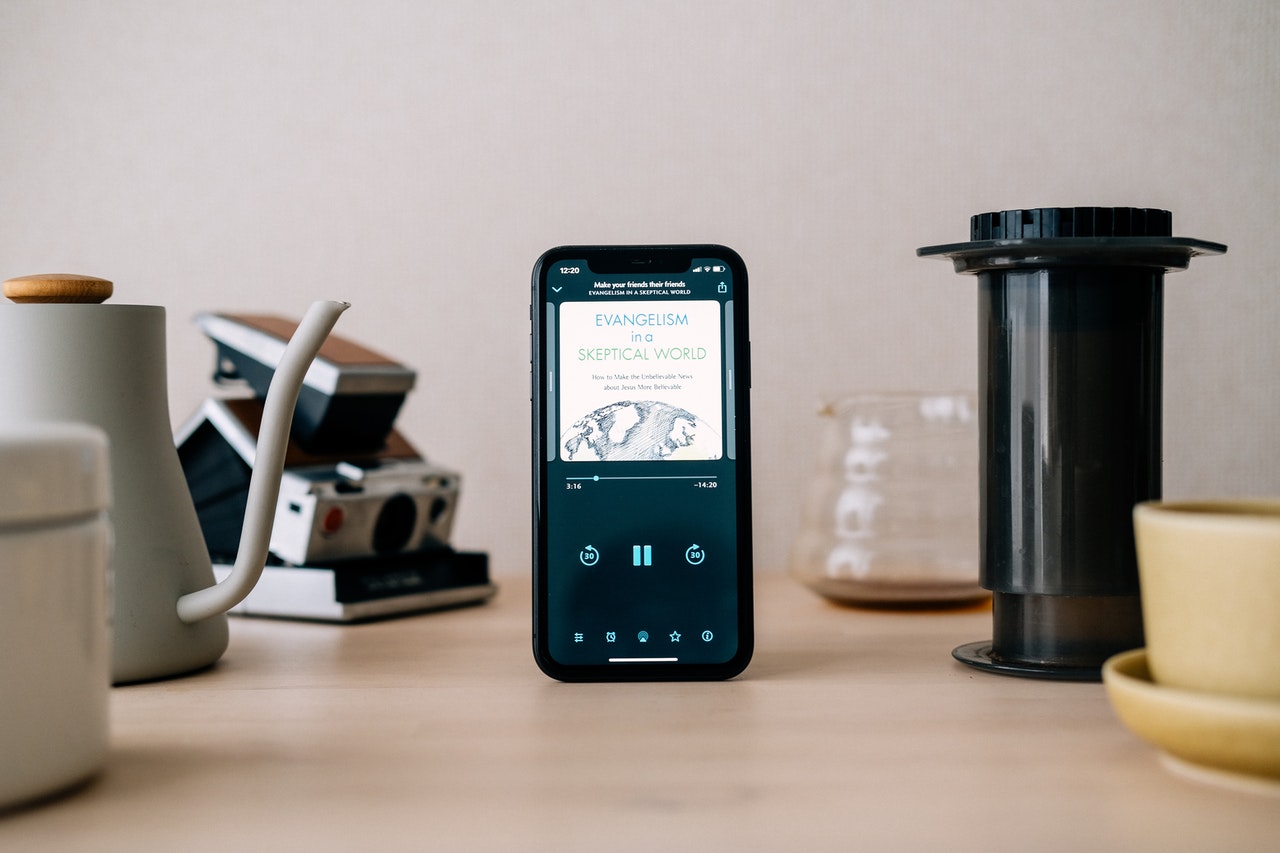
Sometimes it seems that the entire history of coffee is one long chain of accidents and adventures, with Ethiopian goats, Yemeni monks, and Ottoman conquerors likely never suspecting what a huge driving force is contained in this modest handful of bright red berries. For us, it remains either to observe this history or to try and leave our own mark, which is what we are actually striving to do all this time. Also, in our online store, you can find Arabica coffee beans.


















